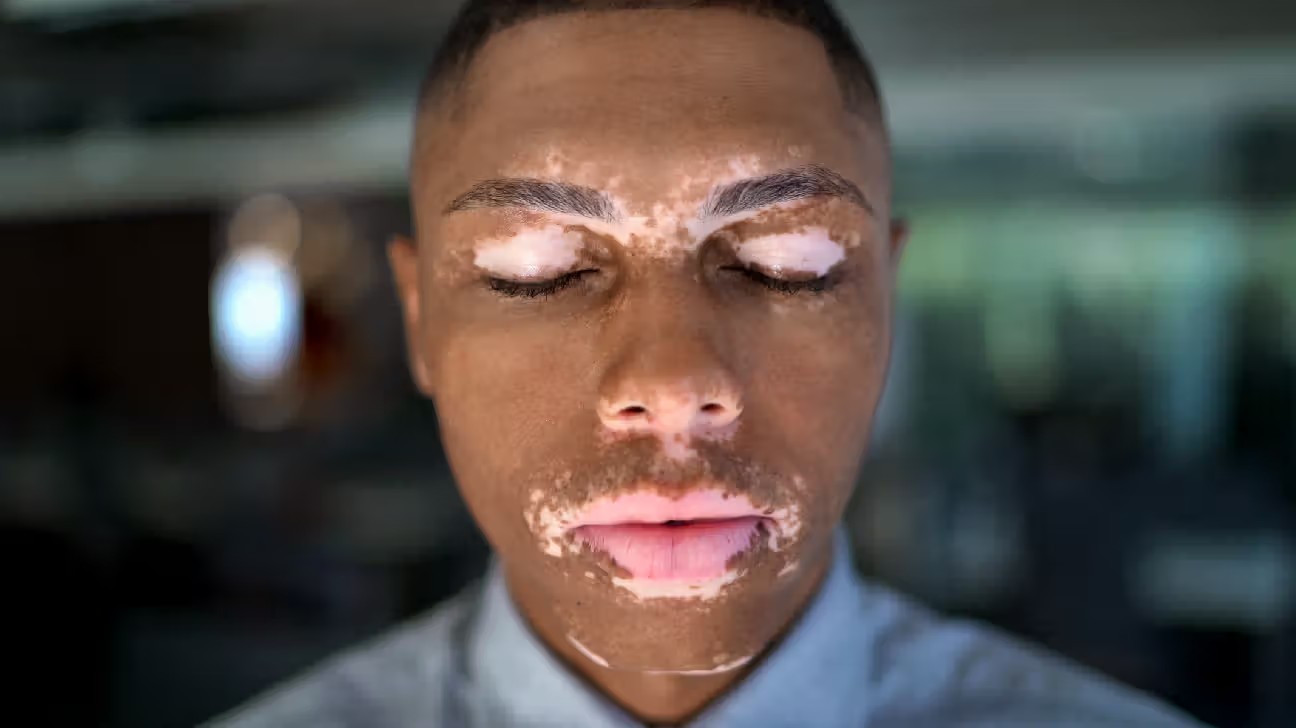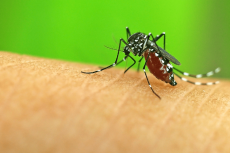- Once Vitiligo develops, it is usually a life condition; however, complications of Vitiligo can result in long-term or short-term effects. Such effects include social stigmatization and mental stress. Other complications are related to medications like skin after a prolonged use of topical steroids.
As the world continues to create awareness of this condition known as Vitiligo, Kenyans are urged to support those affected by ending stigmatization.
Vitiligo is a condition, where the skin loses its pigment cells, resulting in discoloured patches in different parts of the body, including the skin, hair and mucous membranes. The condition, however, is not life-threatening or contagious. It can also affect anyone. However, predicting how this will progress is difficult as the patches stop forming without treatment. Pigment loss may spread to most of the skin, making it black.
Vitiligo is said to be associated with other auto-immune conditions, such as hyperthyroidism, but not everyone with Vitiligo usually develops this symptom.
Family history and genes such as Vitiligo may have a genetic component since it tends to run in the family. Research shows that about 30 per cent of people with Vitiligo have a family history of the skin disorder, making people more susceptible to developing Vitiligo.
Environmental triggers result from a pre-existing genetic makeup and something to deal with the environment, setting off an auto-immune response that destroys melanocytes. It is essential, however, to note that an infection does not cause Vitiligo, and you cannot catch it from someone who has it.
Read More
Vitiligo is triggered not only by environmental factors but also particular events such as stressful events such as childbirth, skin damage such as severe sunburn or exposure to certain chemicals.
Once Vitiligo develops, it is usually a life condition; however, complications of Vitiligo can result in long-term or short-term effects. Such effects include social stigmatization and mental stress. Other complications are related to medications like skin after a prolonged use of topical steroids.
Short-term adverse effects include itching, burning, and xerosis, which are dry skin not caused by underlying diseases. Vitiligo also leads to emotional distress—physical complications such as eye issues, hearing problems and sunburn. Low self-esteem and depression are the potential side effects of Vitiligo. People might avoid interacting with those suffering from the condition out of fear that the condition is contagious.
Avoid neglect from the people in the society-specific condition is entailed to avoid such isolation among people living with Vitiligo, including emotional support as such support groups and mental health professions can be of extreme to people living with Vitiligo.
Additionally, connecting with others online through the Vitiligo friends community will create a platform for people to interact and understand Vitiligo. Caring for your skin by practising safe sun exposure habits, avoiding tattoos, and limiting exposure to hair dye and bleach as they contain certain chemicals called phenols, which can trigger Vitiligo to start or to spread.
There is no medical treatment. Treatment only involves creating a uniform skin tone by restoring colour or eliminating the remaining colour. Others may opt to seek treatment through re-pigmentation therapy, light therapy, camouflage therapy, surgery and counselling.
Vitiligo generally affects all races as it is a common condition and not life-threatening. It is important for everyone to take ownership of their health by educating and understanding Vitiligo. By raising awareness for Vitiligo through providing a safe environment to share emotions and discussions with people dealing with the same issue, many people will be able to accept themselves and live freely with people.












